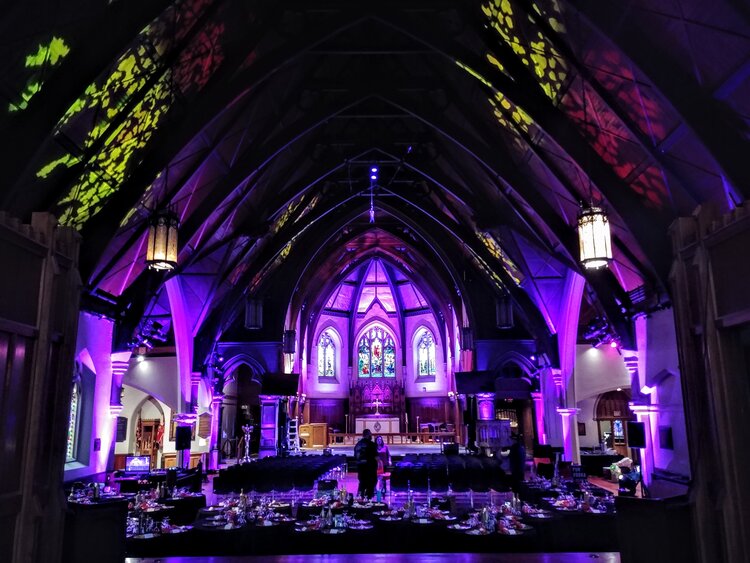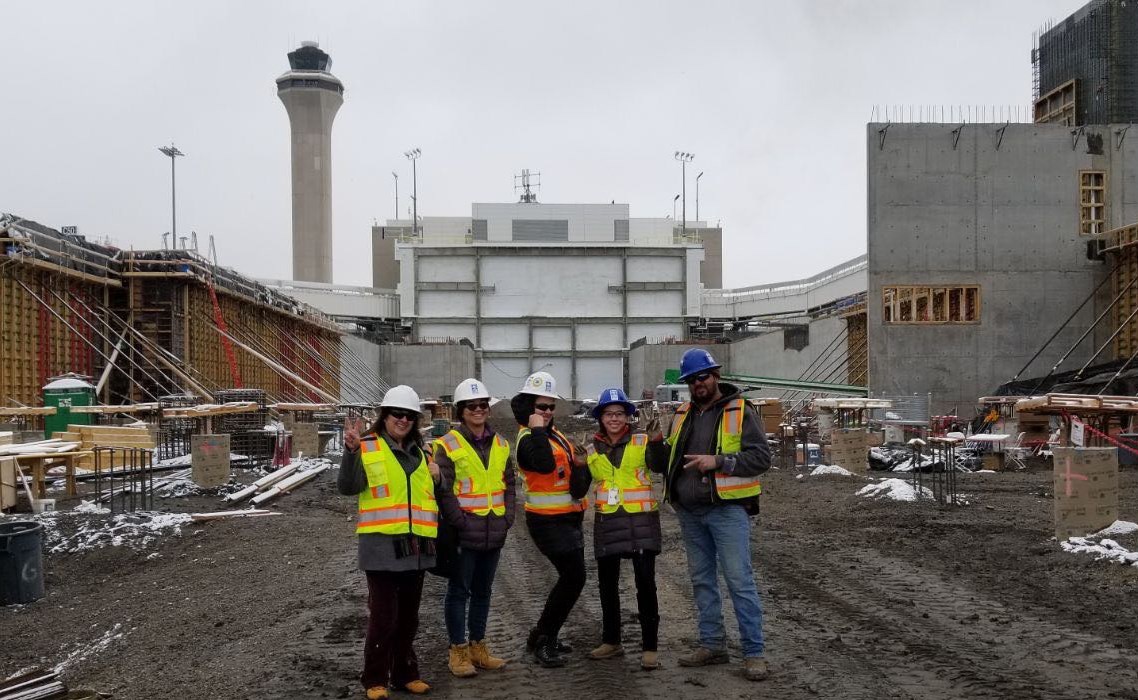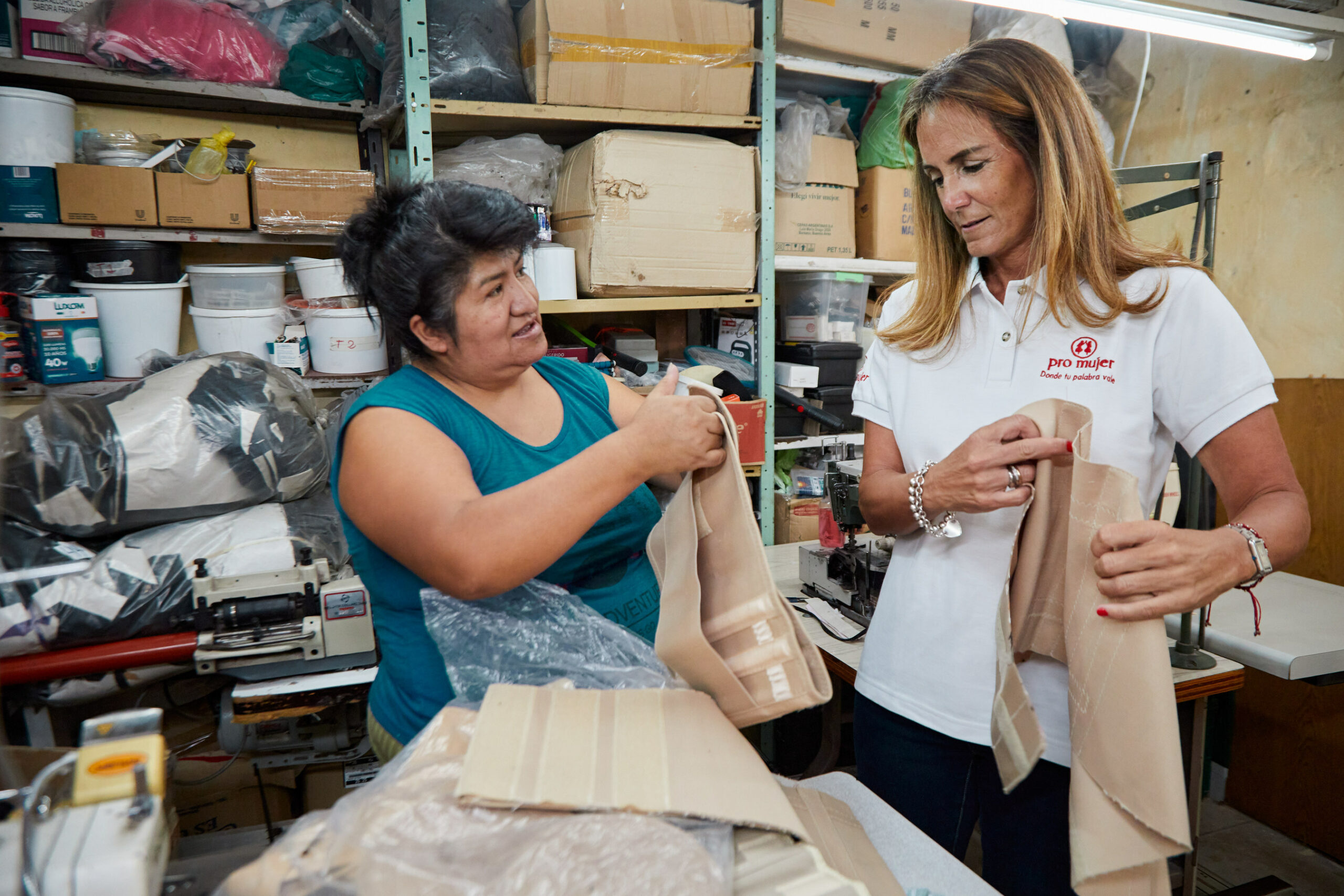Church steeples dot the skyline in cities and towns across North America. But with many congregations shrinking, aging and quietly going broke, many of church buildings are in need of repair – or rebirth.
Approximately 4,000 churches across Canada closed between 2009 and 2018, and an equal number are expected to shut their doors in the next decade. Thousands more congregations are cash-strapped or in debt. But many are sitting on valuable property in prime locations.
Trinity Centres Foundation, a Montreal-based charity, is creating financing structures to underwrite the transition of surplus religious properties into community centers for social services, art exhibits, nonprofit organizations and even other religious congregations, or to convert the property to affordable housing.
“Go and find a big old white church steeple in the middle of a city. What if the folks who run that property actually want to see that place, serve the poor and community and impact?” asked Trinity Centres’ Graham Singh on the sidelines of the Global Impact Investing Network’s Impact Forum in Copenhagen this month.
Trinity Centres has helped redevelop dozens of properties. St. Jax’s Anglican congregation in Montreal now shares space with a circus company. With its four-acre site, the Bow Valley Christian Church in Calgary is considering plans for 700,000 square feet of housing and a 50,000-square-foot community hub. Trinity Centres has its eyes on about 1,000 properties in some kind of distress that are located on or near their communities’ Main Street.
“We’re trying to create a financing vehicle to allow that transformation to happen with those very important urban properties,” he told ImpactAlpha.
Valuable assets
Financing such conversions is a challenge. Nonprofit collaborations that need affordable spaces for community-based services generally can’t get bank loans to purchase the surplus church properties.
Trinity Centres is seeking to mobilize up to $100 million by creating a credit-enhancement facility to de-risk such mortgage loans. One possible backer is Canada’s $755 million Social Finance Fund, a public facility launched this spring to help social purpose organizations access opportunities for flexible finance.
“That credit-enhancement vehicle then allows us to issue a bond. And the intention is to get that bond to investment grade which, as we all know, is the only thing that works for many foundations and institutional investors that want to be in this impact space,” Singh said.
The challenges, and opportunities, are not unique to Canada. The underutilized assets of Black churches was a focus of this spring’s Neighborhood Economics conference in Jackson, Mississippi. The Rev. Jimmie Edwards’ Rosemont M.B. Church, for example, has amassed 120 parcels around the church in the West Jackson neighborhood known as The Bottom and is building community gardens and school partnerships, with plans to develop affordable housing. Most members of Rosemont’s congregation no longer live nearby.
“We adopted the wrong model,” Crossing Capital Group’s Sidney Williams said at the conference. Williams is a pastor in New Jersey and co-founder of the Oikos Institute for Social Impact which helps churches leverage their assets for community benefit.
“We left behind the people in the census tracts where our churches used to be,” he said. Said. “And so part of it is we have to return back to those communities.”
Interfaith cooperation
European villages might have only one church, Catholic or Protestant, depending on the region. In contrast, main streets in North America, in both the US and Canada, might have Anglican, Lutheran, Catholic, Presbyterian and more.
“We have an oversupply of the different denominations,” Singh said. That can be rationalized “Just by getting them working together to realize, ‘What are the buildings we need to keep? And what are the ones that could be developed into housing?’”
Keeping the properties in nonprofit hands to maintain tax-exempt status is key to keeping the properties affordable for community-based organizations.
“Our main beneficiaries are the non-religious entities who need space,” Singh said. But, he added, “They can turn around and say to the church, ‘Do you want to come back and rent Sunday morning? That’s a good deal for the church. It’s a good deal for the communities that are there. It also then helps open up and say, ‘Why don’t we have Muslim groups there on Friday? What about Jewish groups there on Saturday?’”
“We’ve actually created another layer of peacemaking for those faith communities.”











